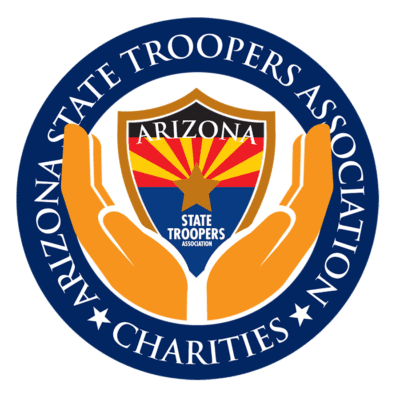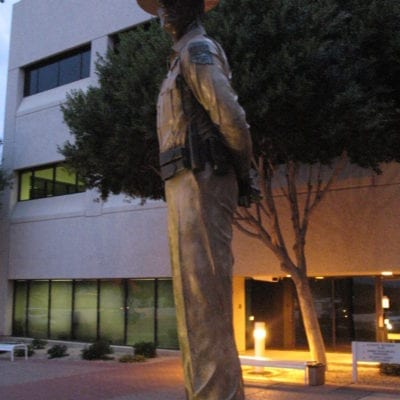Author: Val Van Brocklin
Based on intervening decades of scientific research, there’s a growing state court trend to reject the U.S. Supreme Court’s dated test for admitting eyewitness identifications. Which side of this fence your witness IDs fall on may decide not only their admissibility but whether justice is served.
The Braithwaite test
In Manson v. Braithwaite (1977), the Supreme Court held that due process required “fairness” and “reliability” in identification procedures, concluding “reliability is the lynchpin.” From this the Court fashioned a two-part test:
First, judges must examine whether the identification procedures were unnecessarily suggestive. If they were not, the identification is admissible. If they were, judges shall next consider whether the identification was otherwise reliable. If it was, it’s admissible.
The Supreme Court set out five factors for determining this reliability:
- The opportunity of the witness to view the criminal at the time of the crime; The witness’ degree of attention; The accuracy of the witness’ prior description of the criminal; The level of certainty demonstrated at the confrontation; and The time between the crime and the identification procedure.
These factors were drawn from earlier judicial rulings – not from scientific research.
The Supreme Court reiterated this test in Perry v. Thompson (2012), when the majority held that absent unnecessarily suggestive police procedures, due process did not require a court to inquire into the reliability of an identification.
Other courts and legislatures are responding to 40 years of research
In 2016, the supreme court of my home state of Alaska joined an advancing tide of science and other state courts in rejecting Braithwaite’s test and formulating a new one. The court in Young v. State concluded Braithwaite and its own previous decisions were,
“[N]o longer sound because of changed conditions, and that more good than harm would result from a departure from precedent.”
The changed conditions were the intervening decades of scientific research. Among other things, that research established three Braithwaite factors – a witness’s attention, opportunity to view the perpetrator and stated certainty – were not predictive of reliability. Moreover, research showed that suggestive police practices can impact the Braithwaite factors. For example, if witnesses who were initially uncertain in their identifications receive confirming feedback from police, they are likely to report better viewing conditions and a higher level of certainty when testifying at trial. Therefore, reliability cannot be determined separate from the identification procedures.
Alaska relied significantly on exhaustive reviews and detailed decisions by New Jersey and Oregon. In the landmark case State v. Henderson (2011), New Jersey’s Supreme Court based its holding on the report of a special master who presided over a hearing that probed testimony by seven experts and produced more than 2,000 pages of transcripts along with hundreds of scientific studies. Soon after, the high court of Oregon – in State v. Lawson (2012) – followed in New Jersey’s footsteps.
In 2015, the Massachusetts Supreme Judicial Court reviewed the scholarly research, analyses by other courts, amici submissions and the report of a study group it had convened in 2011, and adopted new standards for eyewitness identification. The supreme courts of Connecticut, Hawai’i, Utah, and Wisconsin, noting judicial trends, have also relied on the research to explain why their standards should be modified.
As of 2013, at least 11 states had laws regarding eyewitness identification procedures. Issues addressed in each state by statute can be found here. As of 2016, 18 states had implemented eyewitness identification reform – through legislation, court rule or substantial voluntary adoption.
Law enforcement has begun to respond
In 1999, the U.S. DOJ’s National Institute of Justice (NIJ) published Eyewitness Evidence: A Guide for Law Enforcement based on the recommendations of a technical working group of researchers, and law enforcement and legal practitioners. A more recent edition was published in 2003.
In 2010, the IACP revised its guidelines for eyewitness identification procedures involving showups, photo arrays and lineups to reflect the new science. In 2009, the Commission on Accreditation for Law Enforcement Agencies (CALEA) adopted two new standards (42.2.11 and 42.2.12) addressing eyewitness identification.
New Jersey’s and Wisconsin’s top prosecutors have issued guidelines for law enforcement agencies that incorporate current research. Just last year the Justice Department announced new department-wide procedures for eyewitness identification. Connecticut appointed a task force of stake holders which has developed best eyewitness identification practices.
But work remains
A 2014 National Survey of Eyewitness Identification Procedures in Law Enforcement Agencies concluded,
“Many agencies do not have written eyewitness identification policies, do not provide training to lineup administrators, and do not provide all recommended instructions to witnesses.”
A sampling of best practices
The above noted policies and procedures provide ample guidance. As a sample, best practices required in some states include:
Avoid “showups” (aka field identifications) in favor of photo or subject lineups. If a showup is necessary, follow strict guidelines such as the IACP model policy. An independent lineup administrator who doesn’t know the suspect’s identity. Instructions for the witness that the perpetrator may or may not be present. Placement of non-suspect fillers in the lineup that match the witness’s description of the suspect. Collecting a confidence statement immediately following the identification. Bottomline
If we don’t use scientifically supported best practices for eyewitness identifications, we risk having them excluded. Or, if admitted by a trial judge, an appeals court may reverse the conviction. That’s if we get a conviction. Because if you didn’t use best practices implemented by other law enforcement organizations, expect to be attacked by the defense in a number of ways:
The lack of any formalized practices or on improper practices for collecting eyewitness evidence. The unreliability of the improper techniques used. Your lack of training in proper techniques of collecting eyewitness evidence. Expert testimony on how your improper techniques contributed to the unreliability of the identification.
Courts recognize eyewitness testimony is often very convincing to juries. If not done properly, this can lead to grave injustices. Eyewitness misidentification is reportedly the greatest contributing factor to wrongful convictions proven by DNA testing, playing a role in more than 70 percent of overturned convictions.
That’s why, as the NIJ said,
“[I]t is absolutely essential that eyewitness evidence be accurate and reliable.”
We should strive for nothing less.






